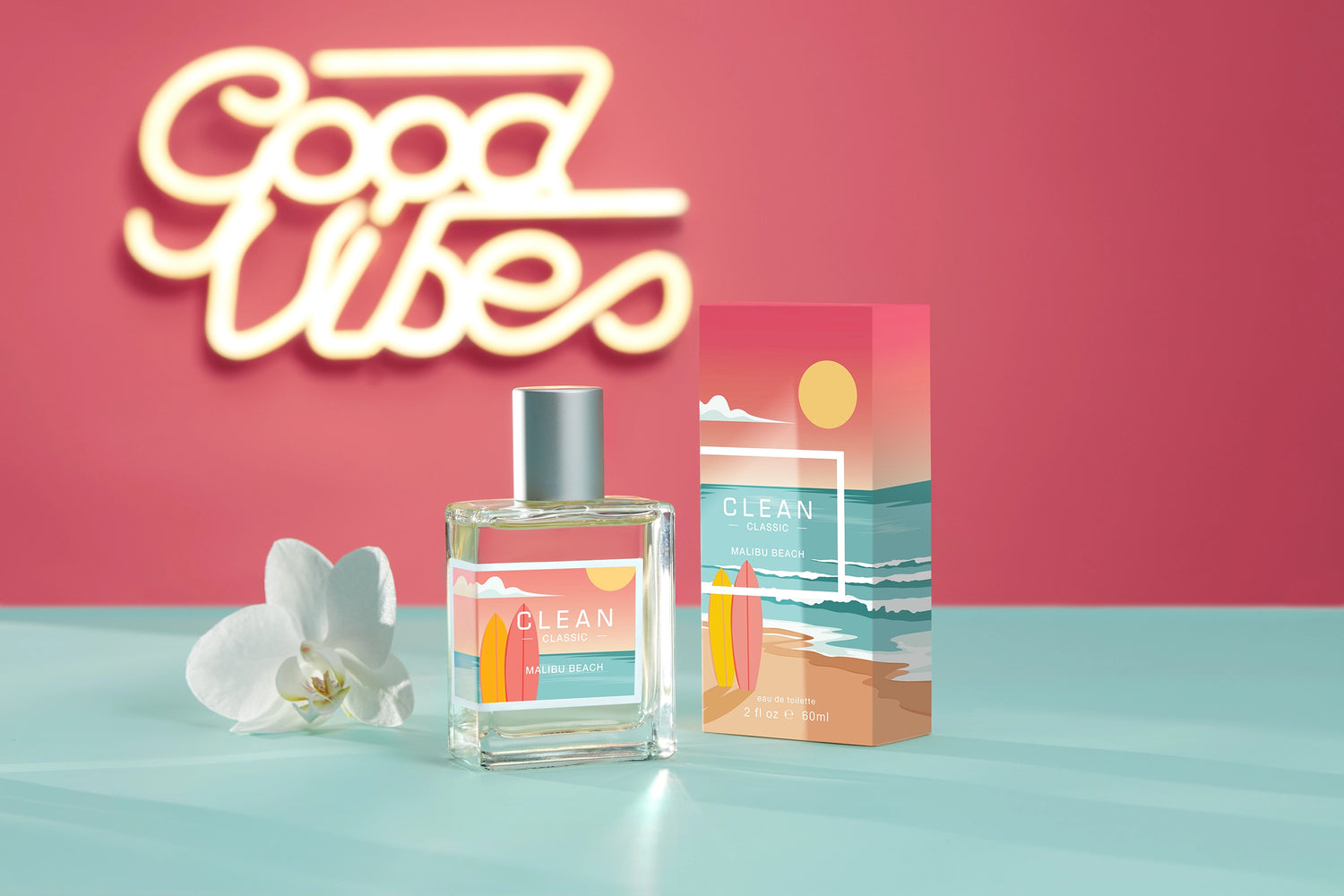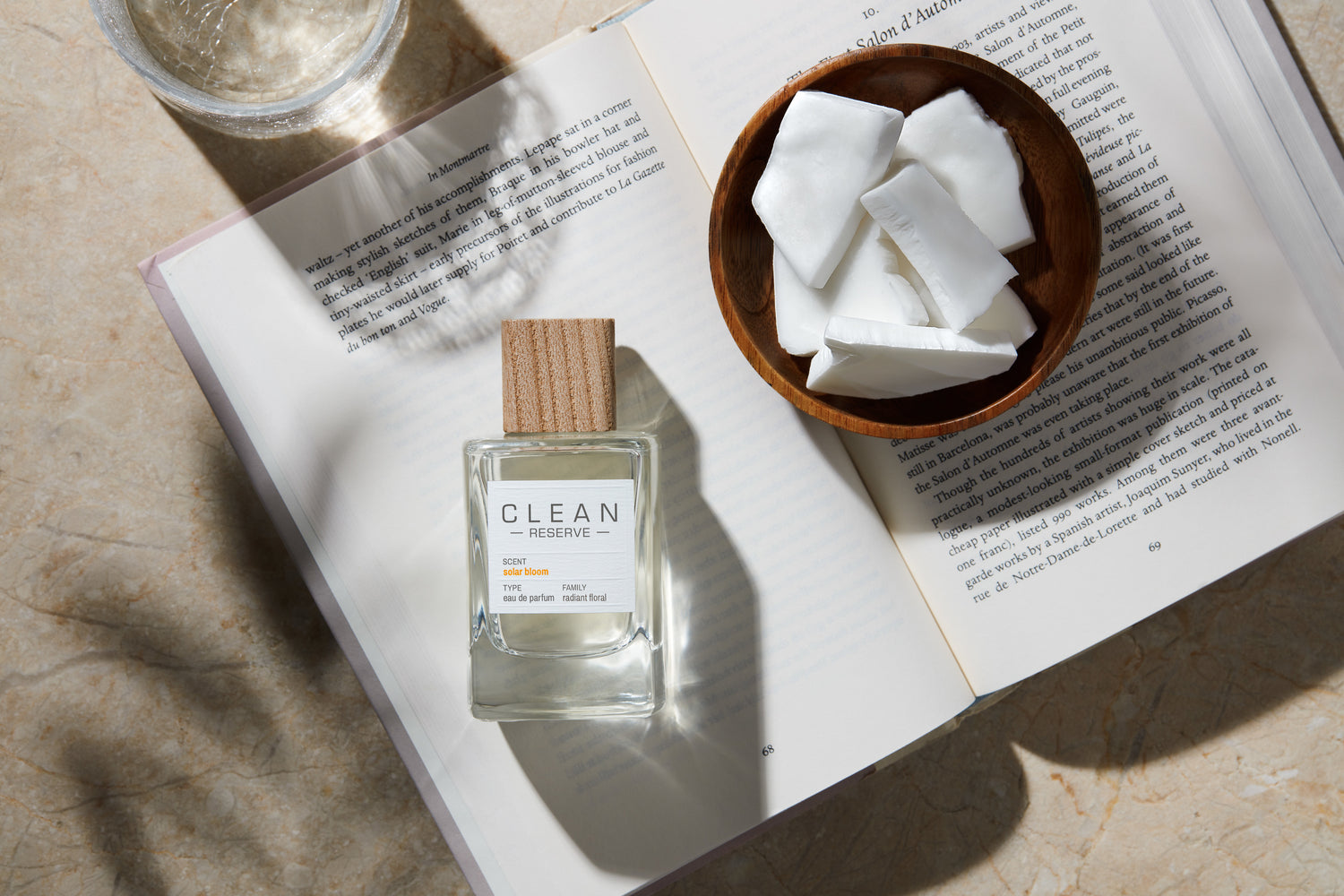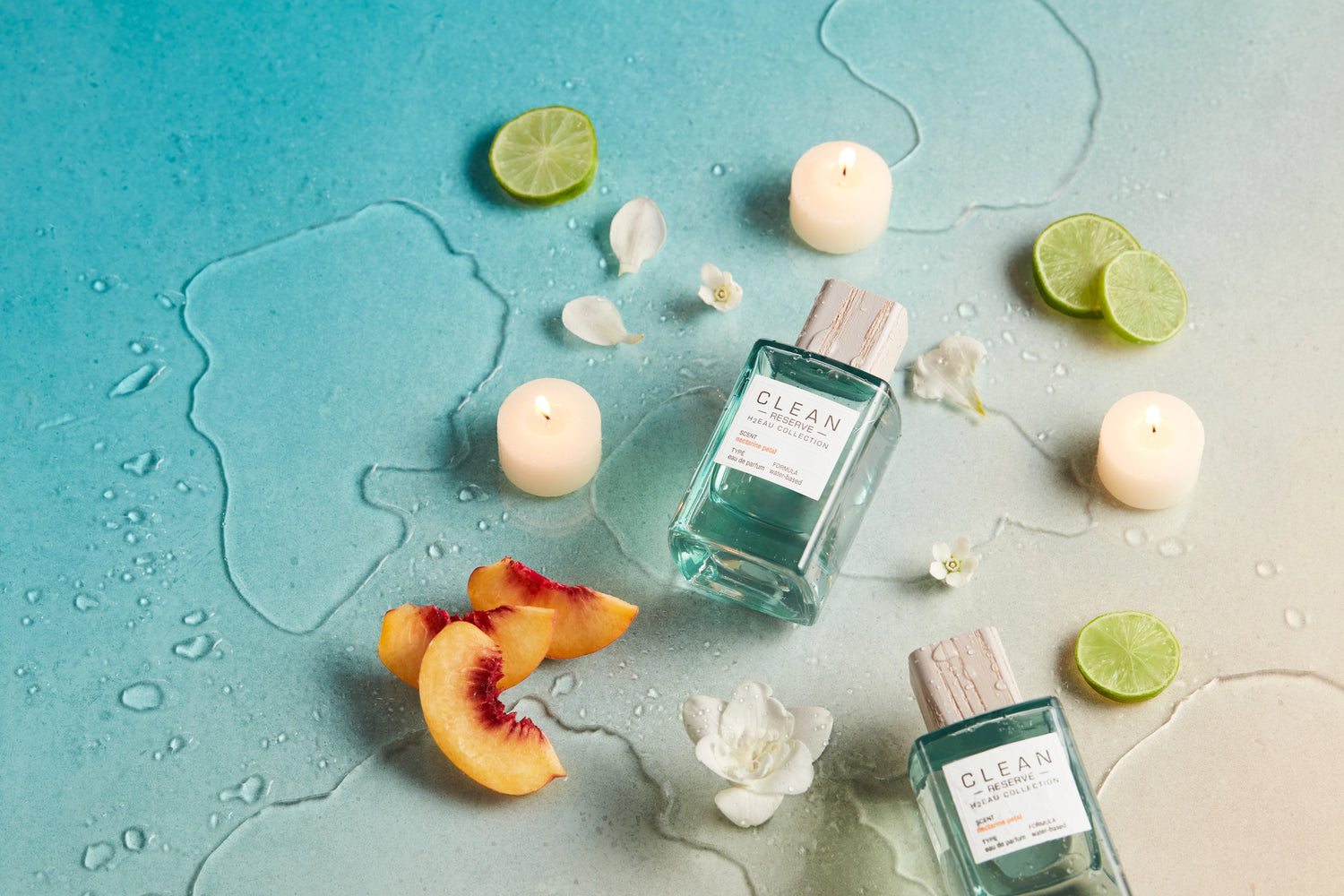It’s no secret we’re passionate about protecting pollinators here at Clean Beauty Collective. Since launching our awareness-raising CLEAN RESERVE Radiant Nectar in 2020, we’ve made it our mission to generate buzz around endangered bees and encourage our collective to join us in the fight to save these crucial creatures. That’s why this September, also known as National Honey Month, we caught up with Rachel Weisbrot, Education and Communication Manager at EARTHDAY.ORG, to learn more about how we can continue our conservation efforts in 2021. Read on for a chat we hope inspires you to #BuzzForLife this month and beyond!

CBC: Which bee species still need our help?
RW: North America is home to more than 4,000 species of bees. More than 700 bee species native to North America and Hawaii are declining in population, and around 1 in 4 species is at increasing risk of extinction.
One of the bees that still needs our help is the Rusty Patched Bumble Bee, which is considered endangered under the Endangered Species Act. Threats to these bees include habitat loss, disease, pesticides, and climate change. On very hot days, which we have seen a lot this summer, bees spend their energy on trying to keep their colony cool, rather than gathering pollen.
CBC: How has social media contributed to saving the bees over the past year?
RW: Social media has been a powerful tool to raise awareness about the threats that bees face and how individuals can do their part to protect them. I’m not sure how many people realize just how much bees do to support us. As some of the world’s most important pollinators, bees support our food system and economy. If we lost these pollinators, it would dramatically change what foods are available to us. Social media makes this information accessible and has connected people with the resources to learn about and save bee populations—whether that be through online petitions, videos, stories, or infographics.
Clean Beauty Collective Tip: Generate buzz on social media by tagging photographs of your work to protect bees with #BuzzForLife.
CBC: As September is National Honey Month, how can people ensure the honey they buy doesn’t harm bees?
RW: It’s important to buy honey from beekeepers or brands that interfere the least with bees’ natural honey production process, compared to those that use harsh methods to extract honey. One of the best ways to make sure honey doesn’t harm bees is by purchasing it directly from a local farmer’s market, where people can interact directly with beekeepers. Looking at a honey jar or label can give you more information about how that honey was sourced.
CBC: Given how the bee’s situation has changed over the past year, what steps should we be recommitting to in order to continue saving them?
RW: There are many steps you can take to protect bees! One way is to be a citizen scientist by downloading the Global Earth Challenge app, where you can collect data and contribute to meaningful research on bee populations. If you have outdoor space or room for plants on your patio, you can plant a pollinator garden. Pollinator gardens provide safe areas for bees to reside and access to native food sources. If you do decide to create a pollinator garden, make sure to stay away from synthetically made pesticides, which can harm bees! Instead, you can use chili pepper flakes, oil, soap, tomato leaves, or garlic to keep other critters away.





